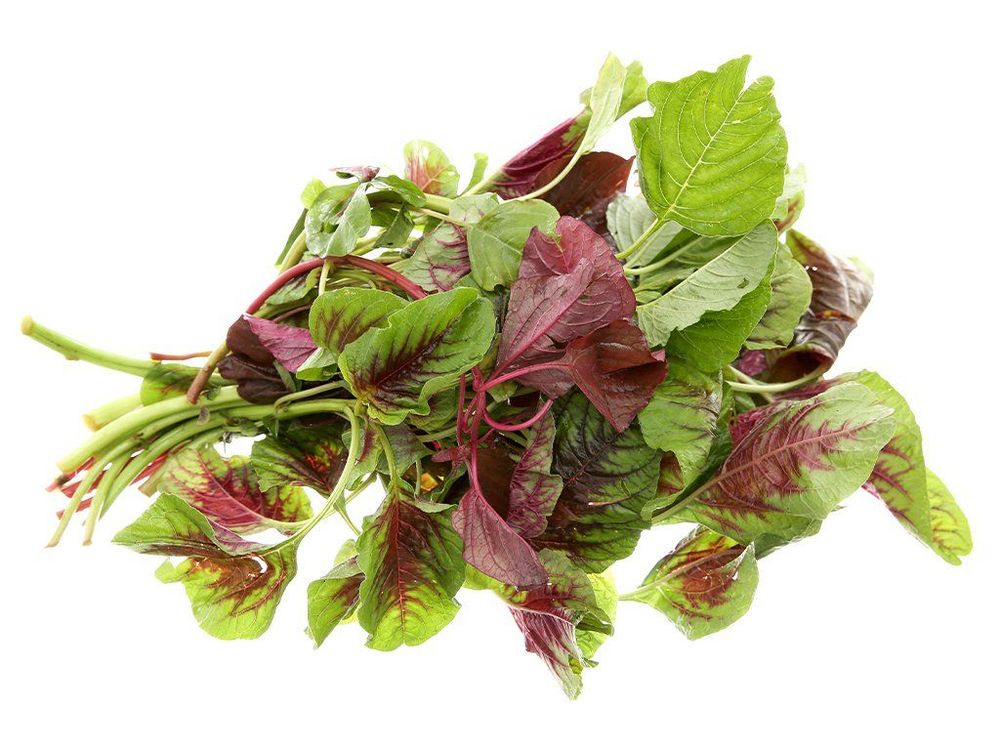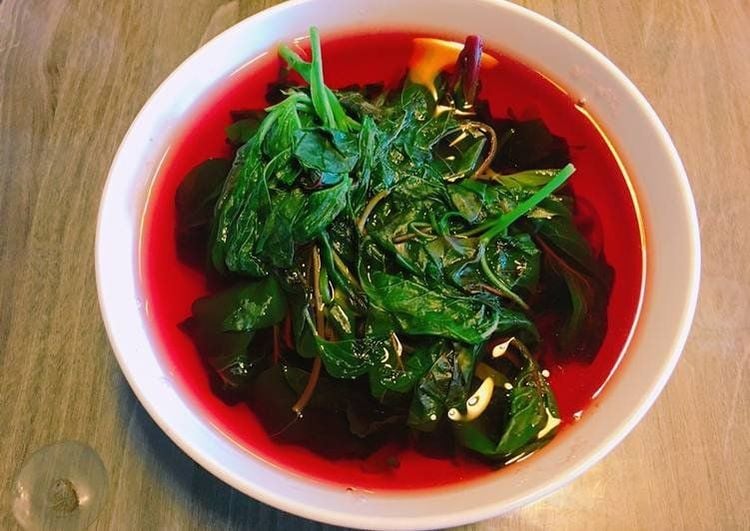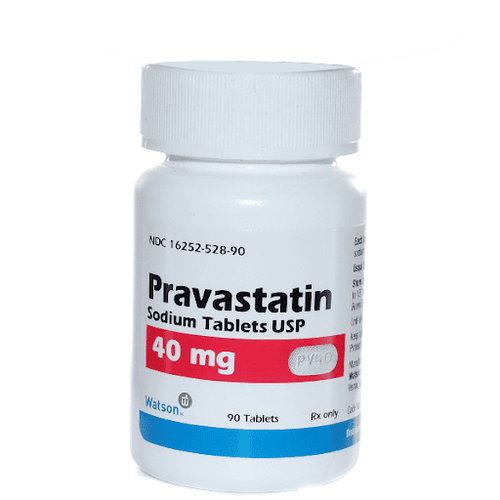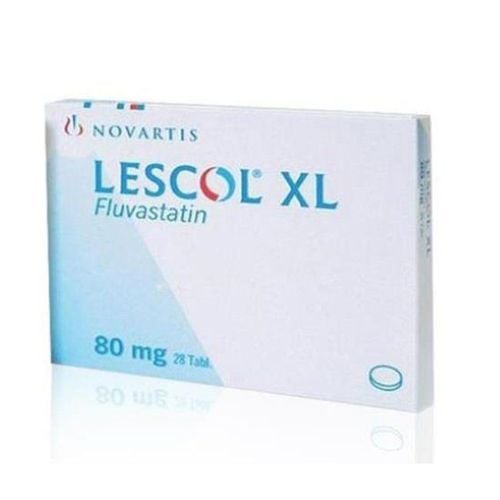This is an automatically translated article.
Amaranth is a vegetable that is not too strange for most people. It is not only used in traditional medicine but also an extremely nutritious food for health.
1. What is amaranth?
Amaranth is native to Mexico and Central America. It is a group of more than 60 different cereal species and has been commonly cultivated for about 8000 years in many civilizations around the world, such as the Maya, Inca and Aztec.
Amaranth is classified by researchers as pseudocereal, strictly speaking, it is not a whole grain like oats or wheat, but it does share a common set of nutrients. maintained and used in similar ways.
In the summer, amaranth produces extremely vibrant crimson flowers, however, the flowers are not the main attraction of this plant, it is the seeds. Once harvested, amaranth seeds are used in the same way as other grains, such as oats and rice. This natural seed is packed with nutrients essential for good health, including protein, fiber, antioxidants and several other micronutrients.
Amaranth usually has a pleasant sweet aroma and can be used flexibly to make many different nutritious dishes. This is also the reason why this vegetable is becoming more and more popular in many parts of the world, including Vietnam.
2. Nutritional composition of amaranth
As mentioned above, amaranth is actually an ancient grain that is rich in nutrients, including protein, fiber and other important minerals like: magnesium, phosphorus, manganese and iron.
One cup of cooked spinach (about 246 grams) typically provides the following nutrients:
Calories: 251 Carbs: 46 grams Protein: 9.3 grams Fat: 5.2 grams Magnesium: 40% of the RDI Manganese: 105% RDI Iron: 29% RDI Phosphorus: 36% RDI Selenium: 19% RDI Copper: 18% RDI In addition, amaranth also contains large amounts of manganese, which is a particularly important trace mineral. for brain function and for the prevention of certain neurological conditions. Besides, the abundant magnesium in amaranth is also essential for nearly 300 reactions in the body, including muscle contraction and DNA synthesis. Moreover, this vegetable is also rich in phosphorus and iron, which are both essential minerals for bone health and the body's blood production.

Rau dền chứa lượng lớn các vi chất cần thiết cho cơ thể người dùng
3. Common types of amaranth
In fact, there are quite a few different varieties of amaranth, each of which offers distinct health benefits. The types of amaranth that are most often used in daily life, include amaranth with rice, amaranth or red amaranth.
Red Amaranth: This type of amaranth usually has a burgundy color covering the entire stem and leaves. They are quite succulent and quick to cook. For amaranth, after being boiled or cooked, the water will turn bright red, which is very eye-catching. Red amaranth provides a lot of important nutrients for the body, such as glucid, protid, other essential vitamins and minerals. Amaranth rice: also known as green amaranth, because its stem and leaves have a white green color and on the top there are flowers clustered like small rice knobs. The stem and roots of amaranth can be used as ingredients in some traditional remedies, as these are the two parts that contain many important nutrients and activate the body. Spiny amaranth: you can easily find amaranth growing wild in vacant lots. It belongs to a herbaceous plant, thanks to a strong root system that helps the plant to dig deep into the ground, so the germination, water resistance and drought tolerance of prickly amaranth are very good. At first glance, amaranth has leaves that are oval, elongated and pointed at the tip like a spear, the stem attached to the stem has spines about 3-15mm long. Spiny amaranths grown for vegetables will have flowers growing along the branches, while those grown for seeds will have flowers that grow in a mace-like cluster at the ends of the branches.
4. Health benefits of amaranth
Amaranth can provide a lot of valuable nutrients for health, so you should include them regularly in your healthy diet. Here are some outstanding health benefits of amaranth.
4.1 Provide plenty of antioxidants Antioxidants are natural compounds that have the ability to protect the body against free radicals that damage cells and promote the development of chronic diseases.
Studies have shown that amaranth is a rich source of antioxidants, which help promote health very effectively. On the other hand, the phenolic acid plant compound abundant in amaranth acts similarly as an antioxidant. These typically include p-hydroxybenzoic acid, gallic acid, and vanillic acid. This plant compound can significantly help you prevent cancer and heart disease.
In another test on rats, it was found that amaranth increased the activity of certain antioxidants and protected the liver from the harmful effects of alcohol.
Normally, raw amaranth will have the highest antioxidant content, so soaking and processing amaranth can reduce its antioxidant activity.

Rau dền được chế biến đúng cách sẽ giúp cơ thể người dùng được cung cấp nhiều chất chống oxy hóa
Recent studies have shown that amaranth can prevent and fight inflammation in the body. It has the ability to inhibit the production of immunoglobulin E, which is an antibody linked to allergic inflammation.
In addition, amaranth also contains a certain peptide chain, which helps reduce inflammation in the body, and at the same time prevents the toxic attack of free radicals on healthy cells. Eating amaranth is especially good for people suffering from gout, arthritis or other inflammatory conditions.
4.3 Helps Lower Cholesterol Levels Cholesterol is a substance similar to fat that is found everywhere in the body. However, when there is too much cholesterol in the blood, the arteries of the body narrow. Some animal studies have shown that amaranth has properties that help lower bad LDL cholesterol levels and increase good HDL cholesterol in the blood. This also helps prevent some heart problems.
4.4 Supports Weight Loss If you are planning to lose weight, you can opt to add amaranth to your diet. This vegetable provides a significant amount of protein and fiber, helping to effectively support your weight loss.
You can eat amaranth for breakfast, because a high-protein breakfast has the effect of reducing the level of ghrelin, a hormone capable of stimulating hunger. Therefore, eating amaranth can help you curb your appetite and reduce your calorie intake.
On the other hand, the fiber in amaranth helps promote a feeling of fastness because they move slowly through the digestive tract. Consuming more fiber can help you reduce your risk of weight gain and body fat. However, for maximum weight loss results, you should combine eating amaranth flexibly with an overall healthy diet and trying to lead an active lifestyle.
4.5 Naturally Gluten Free Amaranth Gluten is a protein found in grains like barley, wheat and rye. Consuming gluten is not good for people with Celiac disease, because they will trigger an immune response in the body, leading to damage and inflammation of the digestive tract. In addition, people with gluten sensitivity may also experience some negative symptoms, such as bloating, diarrhea, or bloating.
Although amaranth is also considered a grain, they are gluten-free, so people with Celiac disease or those with gluten sensitivities can fully enjoy them. Alternatively, you can also opt for several other naturally gluten-free grains, including quinoa, oats, millet, buckwheat, and brown rice.
4.6 Good for Diabetes Some recent studies have found that eating amaranth regularly can help stabilize blood sugar levels in the body. This is very beneficial for people with type 2 diabetes.
In addition, adding amaranth to the daily diet also significantly reduces the risk of some diseases related to hyperglycemia, such as obesity.
4.7 Reduces the risk of osteoporosis Amaranth provides a variety of healthy minerals, including a large amount of calcium. Research has shown that the calcium content in amaranth is 2 times higher than milk and 3 times higher than spinach. Therefore, it is considered one of the superfoods, helping to support and promote bone health, increase stiffness, prevent the risk of convulsions and osteoporosis caused by calcium deficiency.
4.8 Improves Anemia Iron is one of the essential minerals that promotes the body's blood production. If iron deficiency, the body will fall into serious anemia, which can lead to a number of other dangerous consequences to health.
Research has shown that amaranth is a very good source of iron, which helps to increase red blood cells and hemoglobin in the body. Therefore, patients with anemia should eat amaranth regularly to improve their condition.
4.9 Prevents Cancer Lysine – an amino acid found abundantly in amaranth. This substance, when combined with other minerals in vegetables, such as phosphorus, potassium, iron, magnesium and vitamins C or E, helps prevent the effects of free radicals that can cause the formation and growth of harmful substances. growth of cancer cells in the body.
5. Some delicious and nutritious dishes from amaranth

Rau dền có thể chế biến thành một số món ăn cơ bản và đầy đủ dưỡng chất
Beets and beets can be processed into many different delicious dishes, helping to provide a full range of essential nutrients for your body. Here are some delicious dishes from amaranth that you can refer to to make:
5.1 Amaranth Soup In the hot summer, you can cook a bowl of amaranth soup to cool down the body and have a beneficial effect. It is also used to cool the liver and help treat headaches and dizziness very effectively. You can cook amaranth with shrimp to add rich flavor to the soup.
5.2 Beetroot soup Beets can be cooked with lean ground meat and cabbage. This soup will provide the body with a lot of iron, which is very beneficial for people with anemia.
5.3 Garlic Sauteed Amaranth If you don't like soup or boiled amaranth, you can switch to amaranth sauteed with garlic. The way to prepare this dish from amaranth is not only simple but also quite new and delicious for family meals.
In addition to amaranth, there are many foods and vegetables that are good for the body. To have a good health, you should build yourself a nutritious diet, scientific rest. You can refer to the information in some of Vinmec's articles below:
36 great foods to promote eye health 12 best foods to eat in the morning
Please dial HOTLINE for more information or register for an appointment HERE. Download MyVinmec app to make appointments faster and to manage your bookings easily.
Reference sources: webmd.com, healthline.com












